Fit Check: Helmets & Vests

Helmet Fit Check
Your helmet is an important piece of equipment! It's equally important to make sure your helmet is still protecting you as best as possible.
Use the following criteria to evaluate your current helmet, and find out if it might be time for you to replace it.

5 Year Replacement Guideline
It's not you, it's your helmet.
It is recommended that you replace your helmet at least every 5 years, even if it hasn't been involved in a fall. The 5-year replacement guideline for equestrian helmets begins from the date of purchase, not the date of manufacture.
Normal wear and tear, hair spray, cosmetics, exposure to sunlight and heat, certain types of cleaning agents, and sweat are some of the many factors that can contribute to the slow degradation of a helmet, all of which begin to occur from the time a helmet is first worn.
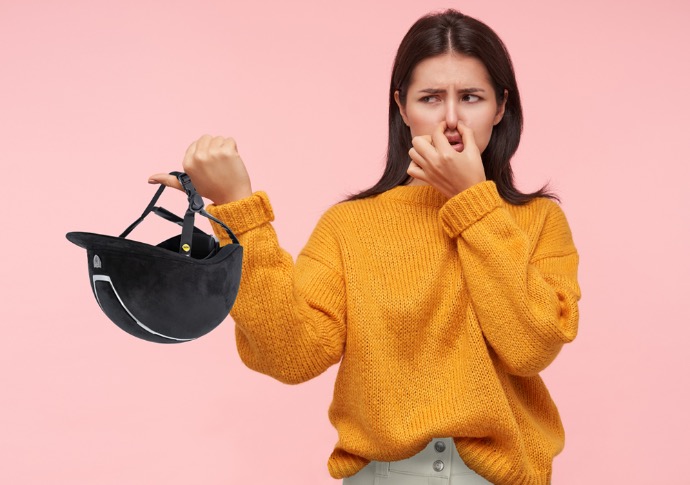
Frequency of Use
The dreaded old helmet smell.
While 5 years is the recommended timeframe for replacement, this guideline is dependent on frequency of use and how a helmet is cared for. If you have a particularly demanding riding schedule, you may need to replace your helmet sooner!
The more often a helmet is worn and exposed to these conditions, the quicker the degradation can take place.
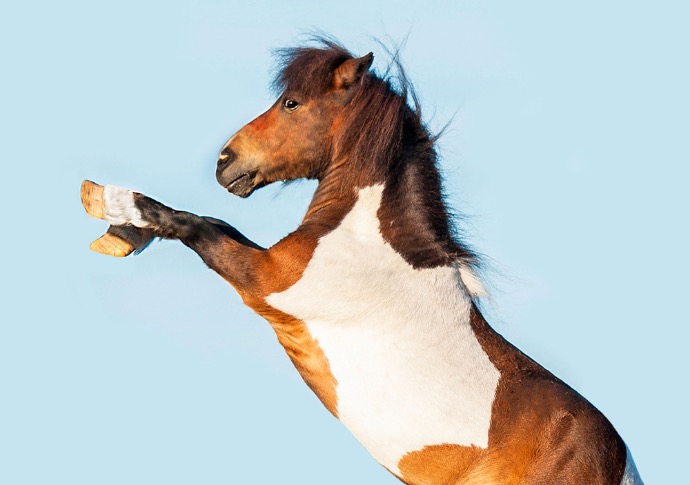
Fall Related Impacts
Naughty ponies get the best of us sometimes.
Equestrian helmets are designed to be single impact helmets. If your helmet has been involved in a fall, it should be replaced immediately. Did you know Tipperary offers an Accident Replacement Program?
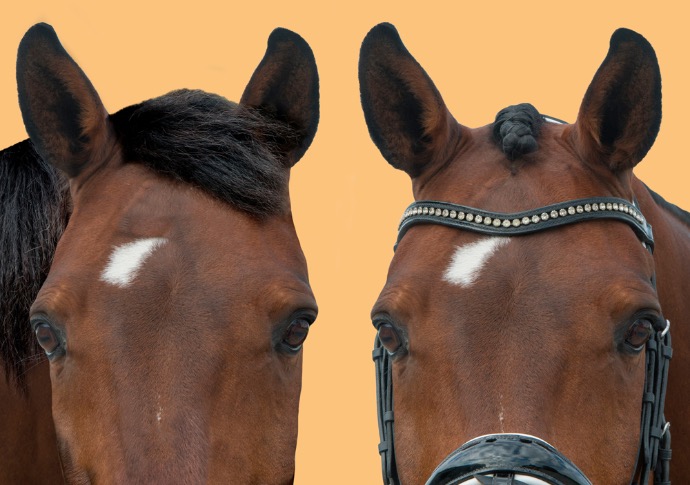
Change In Fit
New Hairstyle? New Helmet!
It is important to make sure your helmet continues to fit you well. Several factors could contribute to a fit issue over time. For example, if your hairstyle/length has changed over the years, your helmet could be too big or small vs when you first got it. If you were still growing when you bought your helmet, it could be too small now. A well-worn foam liner can cause a change in how well your helmet fits you.
Watch for changes in fit that can be indicated by pressure points, noticeable gaps, or helmet movement/shifting. You may need to replace your helmet and/or helmet liner if you are experiencing any of these changes in fit.

Dropping Your Helmet
Whoops! An unintentional dismount isn't the only threat to your helmet.
Even if your helmet hasn't been involved in a fall, it is important to note if your helmet has been involved in any other impacts.
Has your helmet made contact with the barn floor one too many times? While one drop from a low height may not seriously affect the integrity of your helmet, several drops over time or a higher drop onto a hard surface would certainly affect how well your helmet can protect you moving forward!
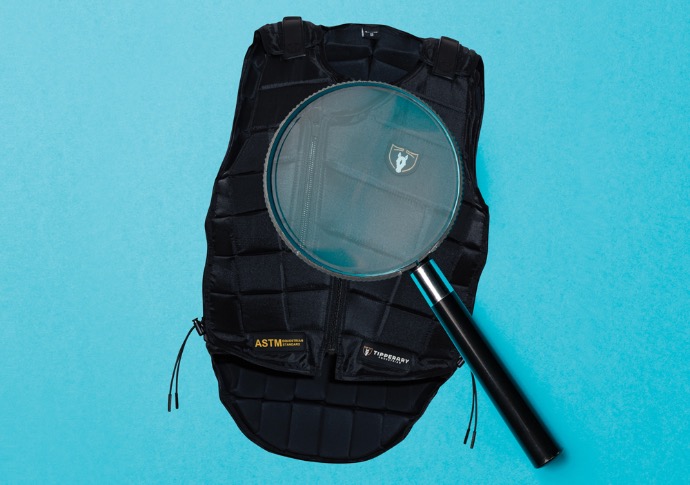
Vest Fit Check
Your vest is an important piece of equipment! It's equally important to make sure your vest is still protecting you as best as possible.
Use the following criteria to evaluate your current vest, and find out if it might be time for you to replace it.

5 Year Replacement Guideline
It's not you, it's your vest.
It is recommended that you replace your vest at least every 5 years, due to exposure to outdoor conditions, and wear and tear. The 5-year replacement guideline for equestrian vests begins from the date of purchase, not the date of manufacture.
Normal wear and tear, exposure to sunlight and heat, certain types of cleaning agents, and sweat are some of the factors that can contribute to the slow degradation of a vest, all of which begin from the time the vest is first worn.
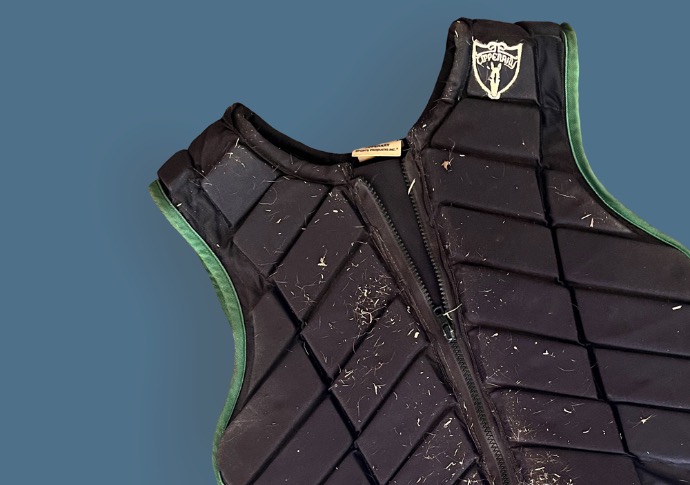
Frequency of Use
Has your vest seen better days?
Unlike equestrian helmets, vests are designed to withstand multiple impacts. In the event of a fall or impact, inspect your vest thoroughly for any damage to the zipper/closures, and for signs of compressed foam.
While 5 years is the recommended timeframe for replacement, this guideline is dependent on the overall condition of your vest. Be sure to inspect your vest regularly for signs of wear or material failure.
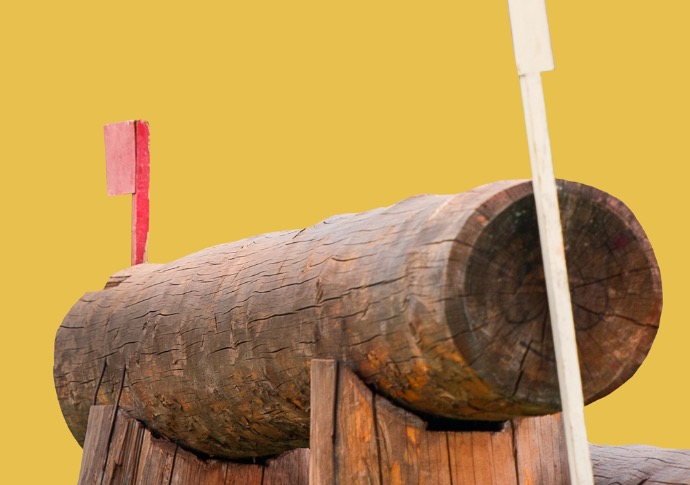
Navigating Certifications
New Discipline? New Body Protector!
Equestrian vests are designed with a variety of scenarios in mind, it's important to make sure you have chosen the right vest for your discipline.
This can range from lightweight protection for peace of mind while schooling at home, to an ASTM | SEI certified body protector for the cross country course. Rules and regulations surrounding protective gear can vary based on your riding discipline, your region, and even your barn. Be sure to consult with your coach to confirm that you have selected the correct vest for your needs.
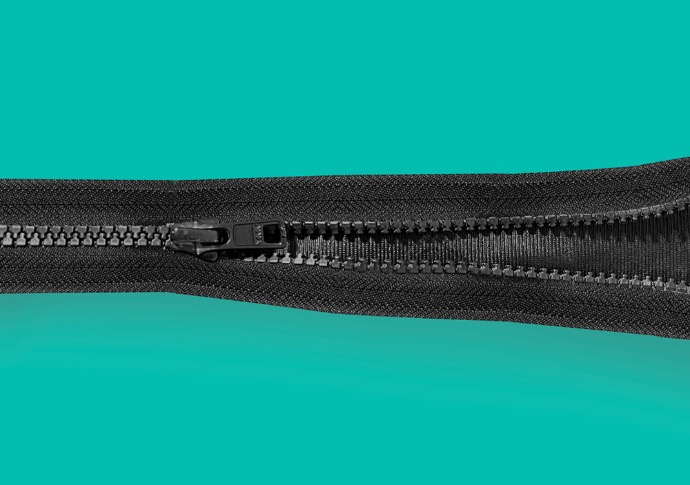
Closure Condition
Zippers, and elastics, and laces. Oh my!
All components of your vest need to be in working order in order for your vest to be able to protect you as best as possible. Whether your Vest has velcro or lace closures, make sure the closures/zippers are kept free of lint, dirt, horse hair etc.
Before putting on your vest, make sure all zippers are undone and that all Velcro or lace closures are loosened. If not, this can weaken the zipper and increase the risk of zipper breakage. Failure of the zipper from incorrect adjustment will void the warranty.

Change in Fit
Growth spurts, wardrobe malfunctions, and everything in between.
It's important to make sure your vest continues to fit you well. Several factors could contribute to a fit issue over time. If you've grown over the years, your vest could be too small vs when you first got it. Well-worn closures can also affect the fit of your vest over time, be sure to take proper care of your vest's zippers and lace/Velcro closures.
Vests should fit as close to your body as possible, be sure to wear the appropriate clothing with your particular vest. For example, the Eventer Pro body protector should be worn with a light layer underneath such as a sun shirt.